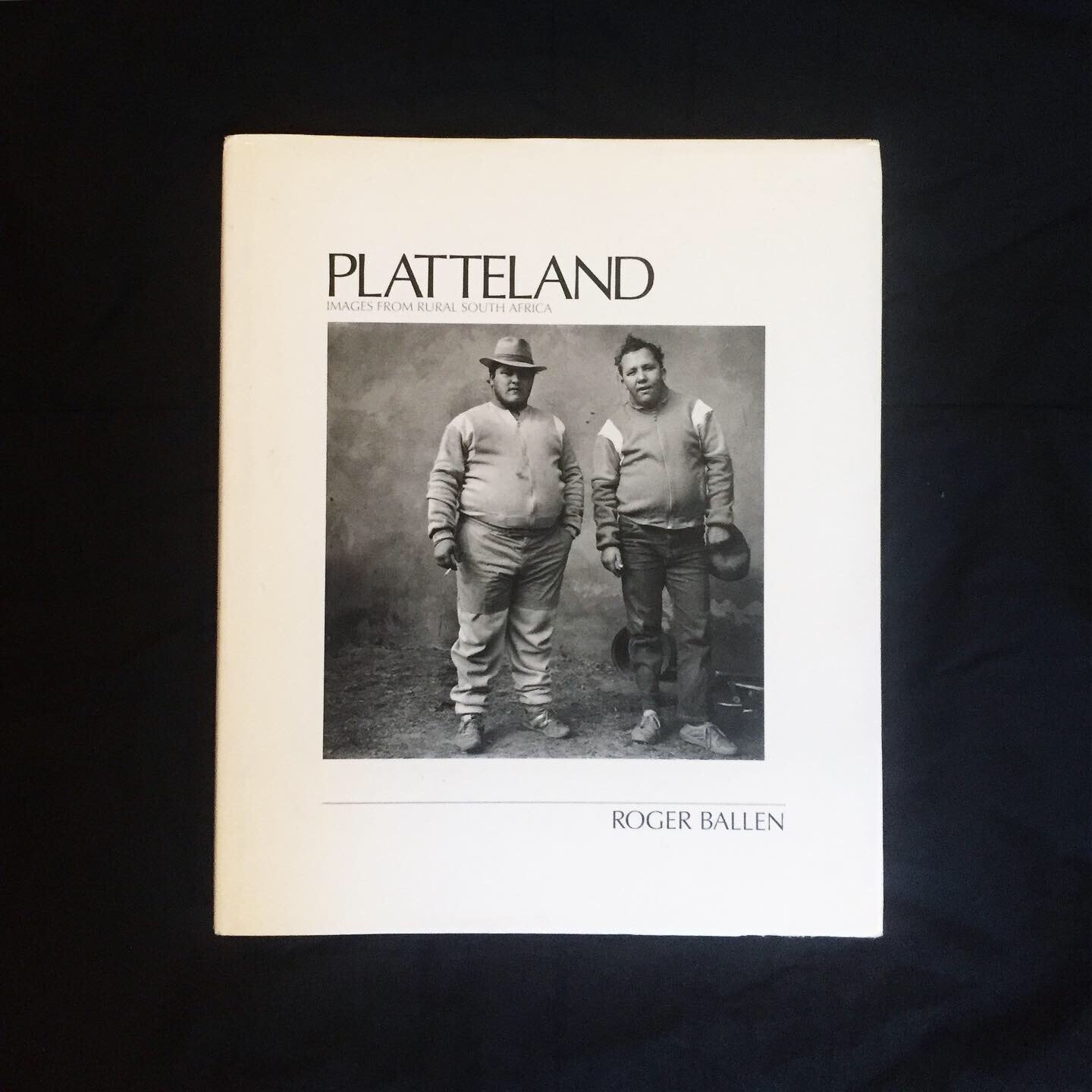Platteland by Roger Ballen
Platteland marks a transitional phase in Ballen’s work between a documentary style of photography and one more expicitly theatrical, absurd, almost Beckettian. Unlike his more recent work, which has received near unanimous praise, these images are controversial for their objectification of the marginalised poor, infirm and societally obsolete. What is the place of empathy? How do we respond to representations of lives such as these, their aspiration and despair, shame, joy and indifference?
Ballen first encountered his subjects on field trips to rural areas of South Africa when working as a geologist. Taken during the height of apartheid, they document the failure of this system on its own terms: ‘Fundamentally, what drew me to this subject was the profound irony that, despite half a century of political privilege, here in the physical heart of White South Africa, even in a system created to secure their survival, were archetypes of alienation and immobility, victims of both political forces and personal circumstances, defending themselves against economic deprivation and psychological anguish in a hostile and unyielding environment.’
Black and white square format photographs and an introductory essay by Ballen including excerpts of interviews with those photographed. Hardback, good condition other than some light wear to the dust jacket and denting at the corners. First edition. 1994.
Platteland marks a transitional phase in Ballen’s work between a documentary style of photography and one more expicitly theatrical, absurd, almost Beckettian. Unlike his more recent work, which has received near unanimous praise, these images are controversial for their objectification of the marginalised poor, infirm and societally obsolete. What is the place of empathy? How do we respond to representations of lives such as these, their aspiration and despair, shame, joy and indifference?
Ballen first encountered his subjects on field trips to rural areas of South Africa when working as a geologist. Taken during the height of apartheid, they document the failure of this system on its own terms: ‘Fundamentally, what drew me to this subject was the profound irony that, despite half a century of political privilege, here in the physical heart of White South Africa, even in a system created to secure their survival, were archetypes of alienation and immobility, victims of both political forces and personal circumstances, defending themselves against economic deprivation and psychological anguish in a hostile and unyielding environment.’
Black and white square format photographs and an introductory essay by Ballen including excerpts of interviews with those photographed. Hardback, good condition other than some light wear to the dust jacket and denting at the corners. First edition. 1994.
Platteland marks a transitional phase in Ballen’s work between a documentary style of photography and one more expicitly theatrical, absurd, almost Beckettian. Unlike his more recent work, which has received near unanimous praise, these images are controversial for their objectification of the marginalised poor, infirm and societally obsolete. What is the place of empathy? How do we respond to representations of lives such as these, their aspiration and despair, shame, joy and indifference?
Ballen first encountered his subjects on field trips to rural areas of South Africa when working as a geologist. Taken during the height of apartheid, they document the failure of this system on its own terms: ‘Fundamentally, what drew me to this subject was the profound irony that, despite half a century of political privilege, here in the physical heart of White South Africa, even in a system created to secure their survival, were archetypes of alienation and immobility, victims of both political forces and personal circumstances, defending themselves against economic deprivation and psychological anguish in a hostile and unyielding environment.’
Black and white square format photographs and an introductory essay by Ballen including excerpts of interviews with those photographed. Hardback, good condition other than some light wear to the dust jacket and denting at the corners. First edition. 1994.









